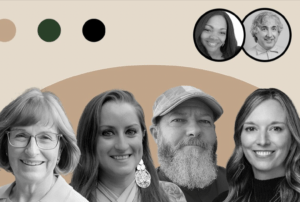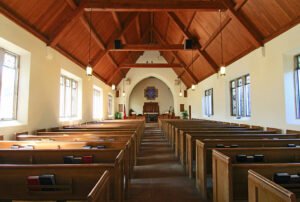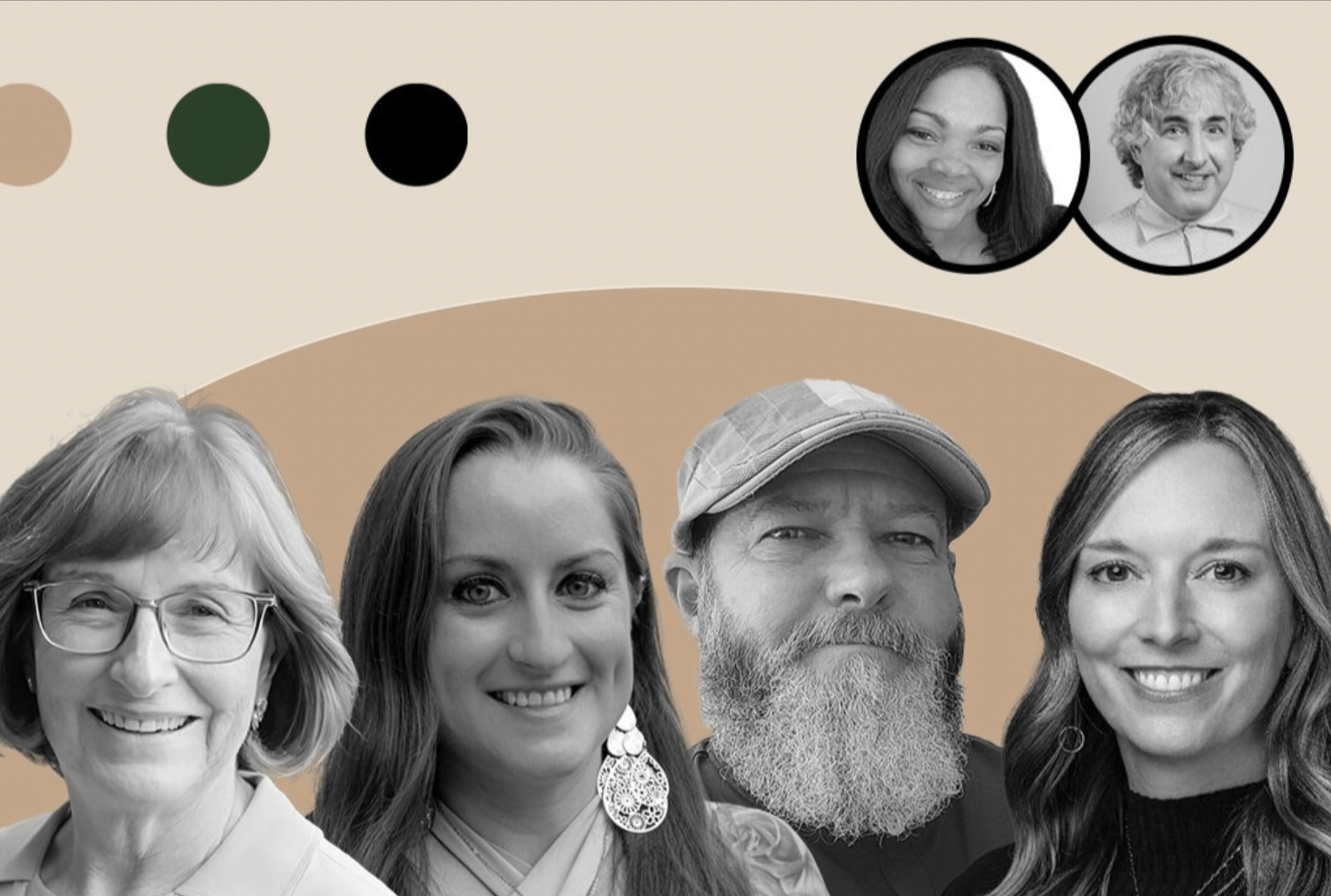The following is a transcript of the video above, from our webinar on “Remaking the Economy: Finding the Levers for System Change.” View the full webinar here.
Tuesday Ryan-Hart: You asked about the levers for systems change. Often at least when working with organizations, no matter how large they are, or even kind of across cities, with municipalities, the first place that people go is around changing structures and policy. I think that’s incredibly important work, and it’s not the only work.
Sign up for our free newsletters
Subscribe to NPQ's newsletters to have our top stories delivered directly to your inbox.
By signing up, you agree to our privacy policy and terms of use, and to receive messages from NPQ and our partners.
We have something we share that has “layers.” A common article right now is the “water of systems change.” People are looking at that as a really helpful article. We have something similar we call “the beehive,” which is like different places of intervention. So, we want to be like the natural world, so we use as many learnings from the natural world as we can. There are lots of places to intervene. Structure and policy are one, for sure, but things like capital, financial capital, knowledge capital. If you’re moving, who knows what? People capital, right? All these different things.
We’ve found often that the key to that is beliefs. What are the beliefs enacting these structures and policies? Because we can change the structure and policy, and people are still going to use their beliefs and get around them to have the same disproportionate results. And so often our work is: okay, we’re going to do this experiment on structure, but what are the beliefs underneath that structure that we really need to get to as we try a new one?
There’s something I think in systems change: those of us who care about shifting big things want to go for it, and that means we want to change the structure and policy, and I think that’s important. It’s a primary strategy, and it is insufficient. We have got to be shifting other things at the same time as we’re doing that. So, when I think about levers, I think about how you can’t just lever one place. You‘ve got to lever multiple places with multiple people.















